Peer-To-Peer Recognition: Ideas & Practices For Company Culture
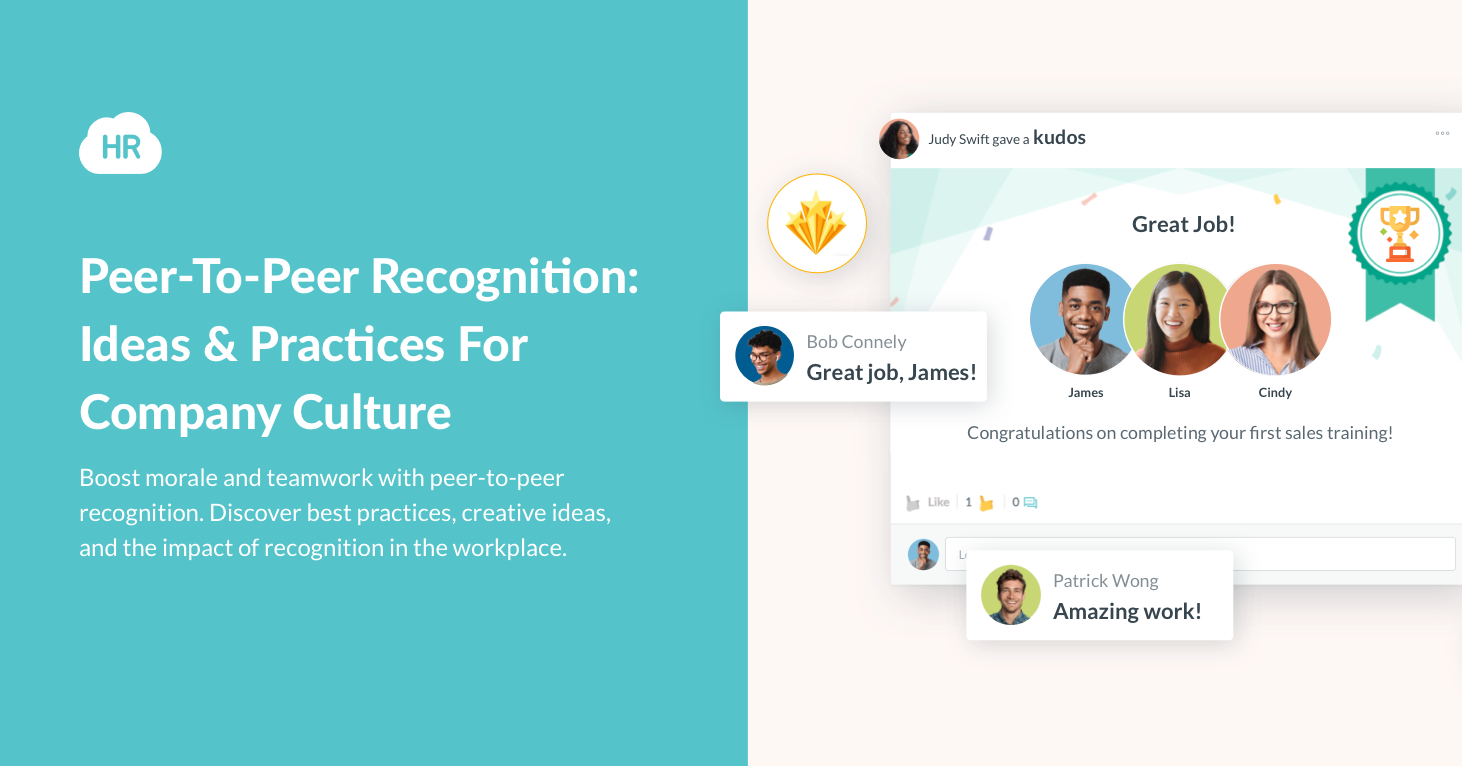


 Cut onboarding time
by 60%—here's the
Ultimate Checklist
that helped do it.
Cut onboarding time
by 60%—here's the
Ultimate Checklist
that helped do it.

Peer-to-peer recognition transforms workplace culture by empowering employees to acknowledge each other's contributions directly. According to research from HIGH5, when recognition meets quality criteria, workers are 4x more likely to be engaged, and companies implementing structured peer recognition programs see measurable improvements in retention, productivity, and employee satisfaction. Unlike traditional top-down recognition, peer recognition creates horizontal accountability and authentic appreciation that resonates deeply with today's workforce.
Research from Strategic HR Review shows that peer recognition programs drive 35.7% higher financial growth compared to manager-only recognition, highlighting why forward-thinking organizations are prioritizing colleague-to-colleague appreciation. This guide explores proven peer recognition ideas, implementation best practices, and measurement frameworks to help you build a thriving recognition culture.
What is Peer-To-Peer Recognition?
Peer-to-peer recognition is the practice of colleagues acknowledging and appreciating each other's contributions, efforts, or achievements without requiring managerial approval or hierarchy-based permissions. This lateral recognition happens organically throughout daily work—from quick digital shout-outs during meetings to formal peer-nominated awards—and creates a culture where appreciation flows naturally across all organizational levels.
Effective peer recognition programs typically combine spontaneous acknowledgment with structured systems that track, reward, and celebrate contributions. Modern recognition platforms like Workmates by HR Cloud enable employees to give real-time recognition through mobile apps, social feeds, and point-based reward systems that make appreciation visible, meaningful, and measurable across your entire organization.
Why Peer Recognition Matters: The Data
The business case for peer recognition has never been stronger. According to SHRM research, companies with strong recognition programs see 31% lower voluntary turnover rates and 92% engagement rates. More compelling, Gallup research shows that employees who receive high-quality recognition are 45% less likely to leave within two years.
Research from Workhuman shows that 41% of companies with peer-to-peer recognition programs see increases in customer satisfaction—a direct line from internal culture to external business results. For organizations investing in employee engagement platforms, peer recognition delivers quantifiable ROI through reduced turnover costs, increased productivity, and improved team collaboration.
When implemented effectively, 81% of employees report being motivated to work harder when their contributions are acknowledged, and 63% of employees receive peer recognition at least weekly in organizations with structured programs.
How Peer-to-Peer Recognition Works: Use Cases
To illustrate effective peer recognition in action, consider these fictional scenarios that demonstrate both formal and informal approaches.
Case #1: Team-Based Recognition At Consulting Firm
At an eco-friendly consulting firm, employees use a digital recognition system called "Roots of Recognition." Each time a team member helps a colleague, solves a client problem, or contributes meaningful insights to a project, they receive a "Leaf" through the company's internal communication platform.
These Leaves accumulate on a communal "Recognition Tree" displayed on digital signage in the office and accessible through the mobile app. The system integrates with their HRIS platform, automatically tracking recognition data for performance reviews and quarterly awards. When the tree reaches milestone growth levels—250, 500, or 1,000 leaves—the company celebrates with team-building activities like nature hikes or sustainability workshops, reinforcing collaborative values while making recognition tangible.
The key success factor: Recognition ties directly to company values (environmental responsibility, collaboration, innovation) and feeds into both informal appreciation and formal reward structures.
Case #2: Peer Recognition at a Creative Agency
A digital creative agency uses an employee recognition platform called "Wavelength" that functions as a social recognition feed. Whenever someone receives help, creative inspiration, or collaborative support from a colleague, they send a "Splash"—a personalized appreciation message that includes points redeemable for rewards.
Each Splash appears on a shared digital board accessible via desktop and mobile app, creating a visible stream of appreciation. As Splashes accumulate, they create visual "waves" showing how positive recognition spreads throughout teams. The platform includes analytics capabilities that help HR track recognition patterns, identify under-recognized employees, and measure engagement correlation.
Employees who earn the most recognition points each quarter join a "Wave Maker" lunch with the CEO, where they share ideas, provide feedback, and gain leadership visibility. This combines immediate peer appreciation with longer-term career development opportunities, demonstrating how performance management can integrate recognition seamlessly.
Proven Peer-to-Peer Recognition Ideas
1. Thank-Yous and Tangible Tokens of Appreciation
In thoughtfully designed peer recognition systems, rewards should feel personal, meaningful, and aligned with company culture—not generic or perfunctory. Consider these evidence-based approaches:
Handwritten Notes with Digital Tracking
A handwritten letter remains one of the most powerful recognition gestures, providing tangible, lasting appreciation. For distributed teams or remote workers, combine traditional handwritten notes with digital recognition through employee engagement software that ensures visibility and tracking. Modern platforms allow you to photograph and share handwritten notes digitally, creating both personal impact and organizational memory.
Small, Thoughtful Tokens
Peer-exchanged gifts work best when they're personal and appropriate. Effective token ideas include:
-
A desk plant with a note about "growing success together"
-
Coffee shop gift cards for quick peer coffee chats
-
Fun "favor coupon books" where colleagues can redeem help with specific tasks
-
Homemade baked goods or treats that reflect personal effort
-
Small donations to colleagues' favorite charities in their name
These work particularly well when integrated with a points-based rewards program where employees earn points for giving (not just receiving) recognition, incentivizing a culture of appreciation.
Recognition of Personal Achievements
Acknowledging colleagues' personal milestones—completing marathons, publishing articles, learning new skills, or achieving certifications—demonstrates that you value the whole person, not just their work output. This holistic recognition approach strengthens emotional connections and builds the psychological safety that drives engagement. Use company announcement features to celebrate these moments organizationally while maintaining personal authenticity.
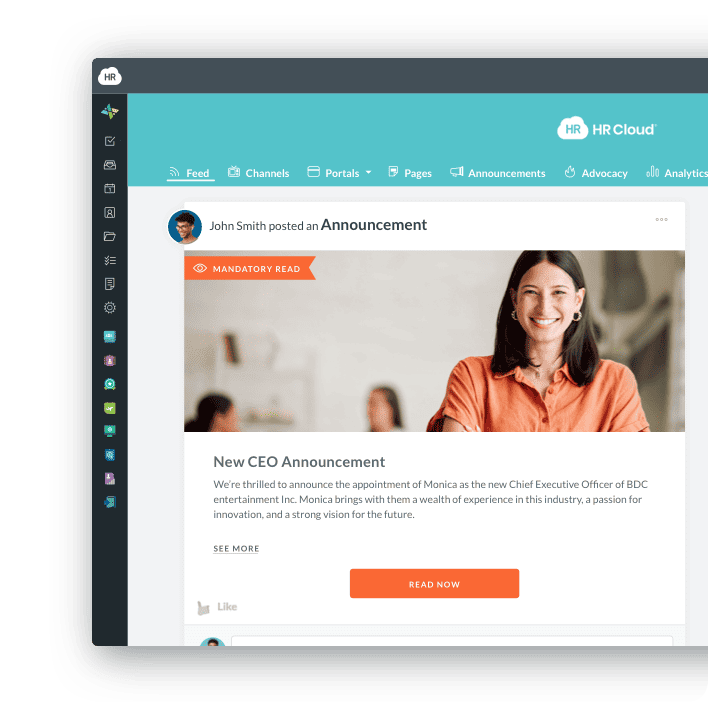
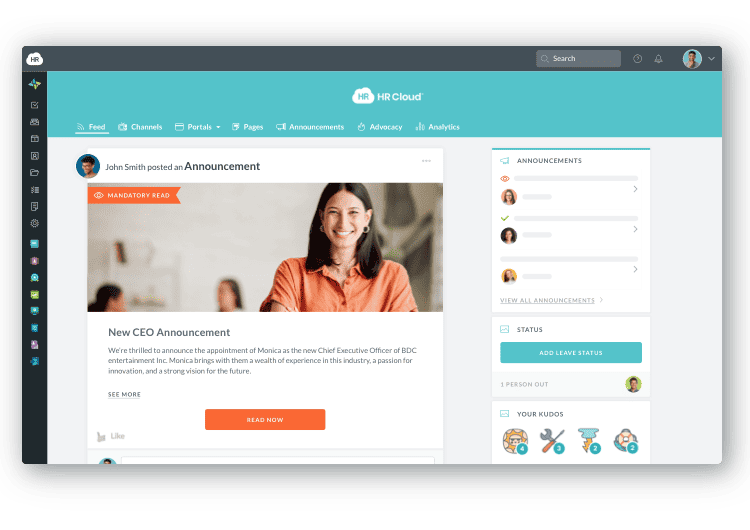
2. Public Recognition Strategies
Public recognition amplifies impact by making appreciation visible and creating social proof of valued behaviors. Research shows 85% of employees prefer public recognition when done thoughtfully and authentically.
Shoutouts in Meetings
Start every team meeting with peer recognition shoutouts. Dedicate the first 5 minutes to letting team members recognize colleagues' recent contributions. For distributed teams, use video conferencing integrations combined with recognition platforms to make remote shoutouts feel equally impactful. Document these recognitions in meeting notes and your recognition platform to create a searchable history of appreciation.
Digital Wall of Fame
Create a digital Wall of Fame displaying employees who've achieved notable milestones, demonstrated company values, or received peer nominations. Modern content management systems make these easy to maintain and update, with automatic feeds from recognition platforms. Include photos, achievement descriptions, and links to related work—making the recognition specific, credible, and inspiring.
For organizations with frontline or deskless workers, combine digital walls with physical displays using digital signage software in break rooms, production floors, or retail locations, ensuring everyone—regardless of desk access—sees recognition regularly.
Structured Employee of the Month Programs
While "Employee of the Month" programs can become stale or political, peer-nominated versions work exceptionally well. Allow employees to nominate colleagues monthly based on specific company values, with winners selected by peer voting or rotating selection committees. Display winners prominently through both digital and physical channels, and tie recognition to meaningful rewards like extra PTO, parking spots, or charitable donations in their name.
Social Media and External Acknowledgments
Feature employees on company social media platforms—LinkedIn, Instagram, Twitter—to celebrate achievements publicly. This serves dual purposes: internal recognition and external employer branding. Companies with visible recognition cultures attract better talent and demonstrate authentic values to customers and stakeholders. Always get employee permission before external posting, and provide them with the content to share on their own profiles for amplified reach.
3. Technology-Enabled Recognition
According to Select Software Reviews research, 90% of HR professionals say effective recognition programs improve business results, and technology platforms are central to scaling recognition across distributed, hybrid, and frontline workforces.
Social Recognition Feeds
Modern recognition platforms function like internal social networks where peers post appreciation messages, tag colleagues, add photos or videos, and respond with reactions or comments. Platforms like Workmates provide Facebook-style recognition feeds that make appreciation public, searchable, and integrated with company systems. These feeds should include:
-
Real-time recognition posting from desktop or mobile
-
Reactions (likes, hearts, applause) to amplify appreciation
-
Comment threads that add context and join collective celebration
-
Filtering by team, location, value, or recognition type
-
Integration with performance review systems for documentation
Points-Based Reward Systems
Gamification enhances peer recognition by adding point accumulation, redemption, and competitive elements. Employees earn points by:
-
Receiving peer recognition
-
Giving peer recognition (incentivizing generous appreciators)
-
Achieving milestones or completing challenges
-
Demonstrating company values through behaviors
Points redeem for rewards like gift cards, company swag, extra PTO days, experiences, or charitable donations. The key is connecting points to your rewards catalog and making redemption easy through mobile apps. Organizations investing at least 1% of payroll in recognition programs see 78% of HR professionals rating programs as excellent or good.
Leaderboards and Recognition Analytics
Transparent leaderboards showing top recognizers and most-recognized employees create healthy competition and visibility. Analytics dashboards provide HR teams with:
-
Recognition frequency by team, department, location
-
Participation rates (who's giving and receiving recognition)
-
Correlation between recognition and retention, performance, engagement scores
-
Identification of under-recognized teams or individuals
-
Value-based recognition tracking (which company values get reinforced most)
This data transforms recognition from feel-good activity into strategic HR initiative with measurable business impact.
Mobile-First Recognition for Frontline Workers
For healthcare, manufacturing, retail, construction, and hospitality workers without regular computer access, mobile-first recognition is essential. Mobile apps enable recognition from anywhere—factory floors, patient rooms, retail stores, construction sites—ensuring frontline workers participate fully in recognition culture. Push notifications alert employees to recognition received, creating immediate positive reinforcement regardless of location.
Best Practices for Implementing Peer-to-Peer Recognition
Successful peer recognition programs require intentional design, clear guidelines, and ongoing management. Follow these evidence-based practices:
1. Establish Clear Recognition Guidelines
Define exactly what behaviours, achievements, and contributions merit recognition. Create a framework tied directly to company values—innovation, collaboration, customer service, quality, safety—so recognition reinforces strategic priorities. Examples:
-
Innovation Value: Recognize colleagues who propose process improvements, test new approaches, or solve problems creatively
-
Collaboration Value: Recognize cross-functional teamwork, mentoring, knowledge sharing, or helping colleagues succeed
-
Customer Service Value: Recognize going above and beyond for customers, resolving difficult situations, or receiving positive customer feedback
Publish recognition guidelines in your employee handbook, onboarding materials, and recognition platform to ensure clarity and consistency.
2. Create Recognition Giving and Receiving Protocols
Standardize how recognition happens while maintaining authenticity:
Giving Recognition:
-
Be specific about what you're recognizing (avoid generic "great job!")
-
Explain the impact of the colleague's contribution
-
Tie recognition to company values or strategic goals
-
Use timely recognition (within days of the achievement)
-
Make recognition proportional to the contribution
-
Include relevant details that make appreciation credible
Receiving Recognition:
-
Acknowledge and thank the recognizer
-
Share credit with team members who contributed
-
Celebrate the recognition publicly if comfortable
-
Reflect on what worked and how to replicate success
Document these protocols during new hire onboarding to establish expectations from day one.
3. Ensure Fairness and Inclusivity
Peer recognition programs can unintentionally favor extroverts, highly visible roles, or majority groups if not carefully designed. Mitigate bias through:
Mandatory Recognition Minimums: Require all employees to give recognition at least monthly, ensuring quieter or less visible colleagues get noticed. Track participation through your recognition platform and provide gentle reminders to non-participants.
Recognition Prompts: Provide templates or prompts in your employee communication platform suggesting recognition opportunities based on recent projects, milestones, or contributions visible in HRIS data.
360-Degree Visibility: Use organizational charts and team directories to help employees identify colleagues outside their immediate circle to recognize.
Anonymous Recognition Options: Allow anonymous recognition submissions for employees who fear backlash or judgment, while maintaining accountability through HR review.
Equity Audits: Quarterly review recognition data to identify patterns—are certain demographics, departments, locations, or roles under-recognized? Actively address gaps through targeted initiatives.
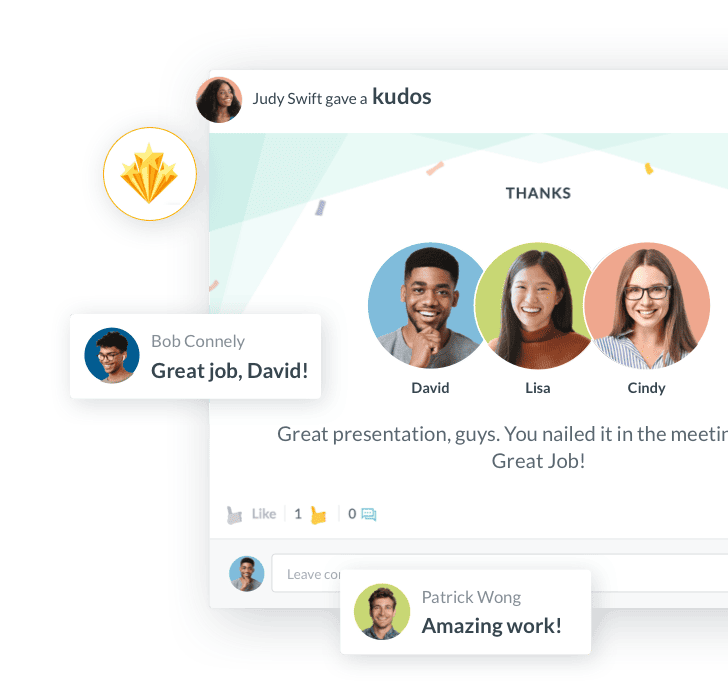
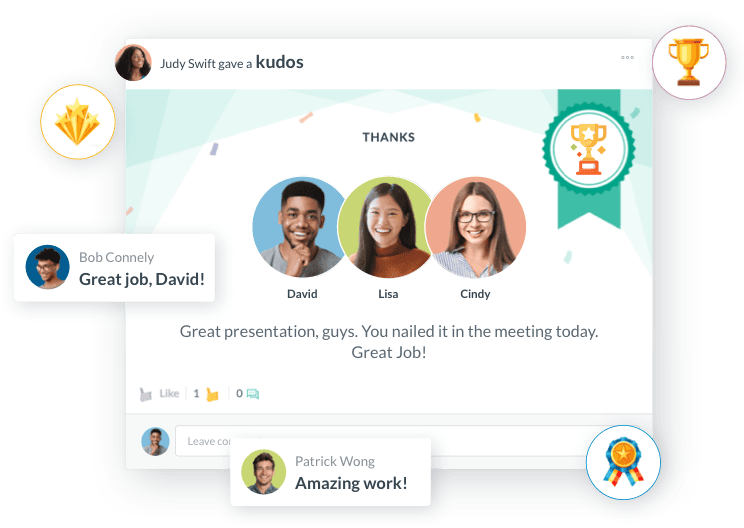
4. Provide Training and Education
Recognition training significantly increases program effectiveness and adoption. Provide comprehensive training covering:
For All Employees:
-
Why recognition matters (business case with data)
-
How to give meaningful, specific recognition
-
How to use the recognition platform (desktop and mobile)
-
Recognition frequency expectations
-
What behaviors align with company values
-
How recognition connects to performance management
For Managers:
-
How to model recognition behavior consistently
-
Coaching team members on peer recognition participation
-
Using recognition data in performance reviews
-
Identifying and addressing recognition gaps on teams
-
Connecting recognition to team goals and OKRs
Deliver training during onboarding, quarterly refreshers, and manager development programs. Create video tutorials, quick-reference guides, and knowledge base articles accessible through your recognition platform.
5. Gamification and Engagement Mechanics
Thoughtful gamification increases participation without undermining authenticity. Effective approaches include:
Recognition Challenges: Run monthly challenges encouraging specific recognition behaviors:
-
"Gratitude Week": Give recognition to 3+ colleagues you don't normally work with
-
"Values Champion": Recognize behaviors exemplifying each company value
-
"Cross-Team Collaboration": Recognize someone from a different department
Recognition Streaks: Track consecutive weeks/months of recognition participation, rewarding consistency with badges or points.
Team vs. Team Competitions: Create friendly competitions between departments or locations for highest recognition participation rates, with winning teams receiving team-building budgets or celebrations.
Milestone Celebrations: Celebrate collective achievements—"1,000 peer recognitions this quarter!"—with all-hands celebrations, demonstrating organizational commitment to recognition culture.
Leaderboards with Purpose: Display top recognizers (not just recognized employees) to celebrate generous colleagues who actively build culture. Rotate leaderboard categories monthly to highlight different aspects.
Integrate gamification through your employee engagement platform to make participation visible, fun, and socially reinforcing.
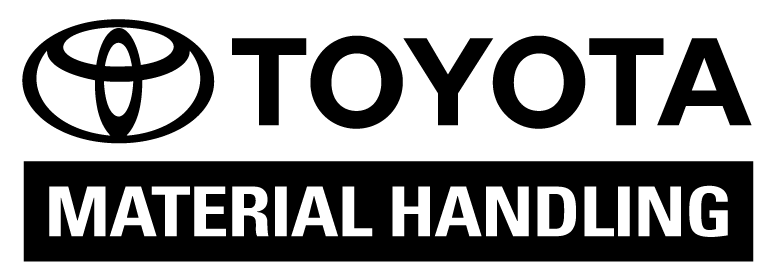 — Daniella Nickerson, Human resources, Toyota
— Daniella Nickerson, Human resources, Toyota 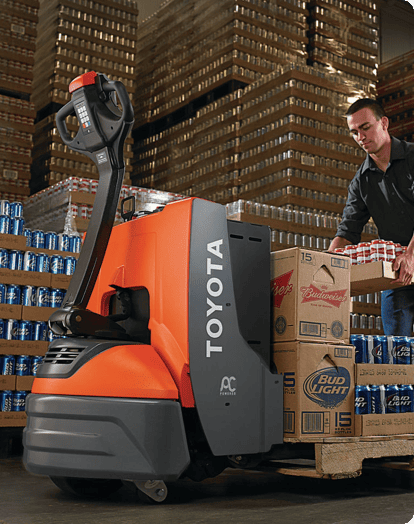
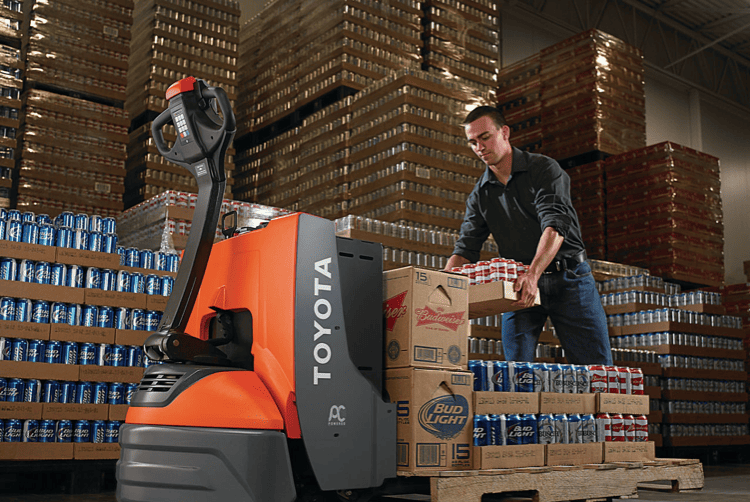
6. Integration with Performance Management Systems
Recognition data provides valuable performance insights when integrated with formal reviews:
Performance Review Integration: Pull recognition data—frequency, type, values demonstrated—directly into review conversations. Managers using performance management software can reference specific peer recognitions when discussing contributions, values alignment, and growth areas.
Promotion and Development Planning: Track high-recognition employees as potential leaders, using peer feedback to identify collaborative, helpful, innovative individuals who might not self-promote.
Succession Planning: Recognition patterns reveal informal leaders, mentors, and knowledge holders critical for succession planning.
Goal Setting: Encourage employees to set recognition goals—"Give 10 meaningful peer recognitions this quarter"—as part of professional development, tracked through goal management systems.
360 Feedback Correlation: Compare formal 360 feedback with ongoing peer recognition to validate or challenge formal assessment data.
Platforms integrating recognition with HRIS systems streamline this data flow, making recognition an organic part of performance conversations rather than isolated feel-good moments.
Measuring the Impact of Peer Recognition Programs
Measurement transforms recognition from soft initiative to strategic HR program with demonstrable ROI. Track these metrics rigorously:
Employee Engagement and Satisfaction Metrics
Engagement Scores: Companies with peer recognition programs see 26% higher employee engagement. Measure engagement through:
-
Quarterly engagement surveys with specific recognition questions
-
Pulse surveys tracking recognition satisfaction scores
-
Correlation between recognition frequency and overall engagement
-
Team-level engagement comparing high vs. low recognition teams
Use employee survey tools to collect quantitative data and polls for quick pulse checks.
Job Satisfaction Scores: Track how recognition impacts satisfaction through:
-
Annual or semi-annual satisfaction surveys
-
Exit interview data (was recognition a satisfaction factor?)
-
Glassdoor/Indeed reviews mentioning recognition culture
-
Stay interview feedback on what keeps employees engaged
eNPS (Employee Net Promoter Score): Monitor eNPS correlation with recognition program participation. Organizations with active recognition programs typically score 15-20 points higher on eNPS.
Retention and Turnover Metrics
Voluntary Turnover Rates: Companies with strong recognition programs experience 31% lower voluntary turnover. Calculate:
-
Overall voluntary turnover rate year-over-year
-
Turnover rates among high-recognition vs. low-recognition employees
-
Retention rates at 12, 24, and 36 months post-hire
-
Department/team turnover correlation with recognition participation
Recognition-Turnover Correlation: Analyze whether employees who received frequent peer recognition had lower turnover rates using HRIS analytics.
Cost Per Turnover: Calculate turnover cost savings from improved retention:
-
Replacement costs (recruiting, hiring, training)
-
Lost productivity during vacancy and ramp-up
-
Impact on team morale and remaining employee engagement
-
Customer satisfaction impact from turnover
Use employee turnover calculators to quantify financial impact and build executive buy-in for recognition program investment.
Performance and Productivity Metrics
Performance Rating Correlation: Compare performance review ratings with recognition frequency. Employees receiving regular recognition typically show 14% higher productivity.
Goal Achievement Rates: Track whether high-recognition employees achieve goals at higher rates than low-recognition peers, using integrated goal tracking.
Project Completion Metrics: Analyze on-time project completion, quality scores, and innovation metrics for teams with high peer recognition participation.
Customer Satisfaction: 41% of companies with peer recognition programs see increased customer satisfaction. Track:
-
NPS scores by team recognition participation level
-
Customer service ratings correlation with recognition frequency
-
Customer retention rates for high-recognition service teams
Team Dynamics and Collaboration Assessment
Cross-Functional Recognition: Measure recognition flowing between departments as a collaboration indicator. Use organizational charts and analytics to visualize cross-team recognition patterns.
Team Communication Frequency: Monitor how recognition impacts communication using collaboration platform data from integrated communication tools.
Peer Feedback Quality: Assess whether peer recognition correlates with higher-quality constructive feedback in formal processes, as outlined in best practices for constructive feedback.
Innovation Metrics: Track whether recognition culture correlates with increased innovation suggestions, patents filed, or process improvement adoption.
Return on Investment (ROI) Calculation
Calculate program ROI using this framework:
Costs:
-
Platform subscription fees (recognition software)
-
Rewards catalog expenses (points redemption costs)
-
Implementation and training time
-
Administrative time for program management
-
Marketing/communication about the program
Benefits:
-
Turnover cost savings (calculate using turnover reduction rate)
-
Productivity gains (estimate value of 14% productivity increase)
-
Engagement improvement impact on revenue
-
Reduced absenteeism costs
-
Improved customer satisfaction revenue impact
-
Recruitment cost savings from better retention
ROI Formula:
ROI = (Total Benefits - Total Costs) / Total Costs × 100
Organizations investing at least 1% of payroll in recognition programs see substantial returns through engagement, retention, and productivity improvements.
Use ROI calculators to project recognition program ROI and justify budget allocation to executives.
Ongoing Monitoring with Analytics Platforms
Leverage analytics and insights tools for real-time recognition monitoring:
-
Recognition frequency dashboards (daily, weekly, monthly trends)
-
Participation rate tracking (% of employees giving/receiving recognition)
-
Value-based recognition distribution (which values get recognized most)
-
Recognition sentiment analysis (analyzing recognition message content)
-
Demographic equity reporting (ensuring fair recognition across groups)
-
Manager scorecards showing team recognition health
-
Predictive analytics identifying at-risk employees based on recognition patterns
Regular reporting to executives with these metrics builds sustained support for recognition investment and demonstrates HR's strategic value.
 — Gail Gust, Director of Marketing and Business Development
— Gail Gust, Director of Marketing and Business Development 

Conclusion: Building a Sustainable Peer Recognition Culture
Peer-to-peer recognition represents a fundamental shift from hierarchical, annual feedback to continuous, horizontal appreciation that mirrors how modern teams actually work. When implemented with quality—authenticity, timeliness, equity—workers are 4x more likely to be engaged, creating measurable impact on retention, productivity, and business outcomes.
The most successful recognition programs combine spontaneous, informal appreciation with structured systems that track, reward, and celebrate contributions at scale. Technology platforms enable this combination, particularly for distributed, hybrid, and frontline workforces who need mobile-first, always-accessible recognition tools.
As you build or enhance your peer recognition program, remember these success factors:
-
Start with clarity: Define what recognition means in your culture
-
Make it easy: Remove friction from giving and receiving recognition
-
Ensure equity: Actively monitor and address recognition gaps
-
Connect to strategy: Tie recognition to values, goals, and performance
-
Measure relentlessly: Track engagement, retention, and business metrics
-
Iterate constantly: Recognition programs require ongoing refinement
Organizations ready to implement comprehensive peer recognition should explore integrated platforms that combine recognition, rewards, communication, and analytics in single solutions. Workmates by HR Cloud provides enterprise-grade recognition capabilities with mobile-first design for frontline workers, deep integrations with payroll systems like ADP and UKG, and analytics proving recognition's business impact.
Ready to transform your workplace culture through peer recognition? Schedule a demo to see how modern recognition platforms drive engagement, retention, and business results—or explore our recognition and rewards solutions to learn more about building sustainable appreciation cultures.
Frequently Asked Questions
How can peer-to-peer recognition systems benefit small companies?
Peer-to-peer recognition systems benefit small companies by fostering a strong sense of community and appreciation among employees, which can boost morale and productivity without requiring extensive budgets. These systems help small teams stay motivated and engaged, creating a positive work environment with minimal resource investment. Small companies often see faster culture adoption and higher participation rates due to closer team dynamics and more visible impact of recognition.
Are there any downsides to peer-to-peer recognition?
Peer-to-peer recognition can sometimes lead to favoritism or unequal recognition if not managed carefully, potentially causing resentment among employees. Without clear guidelines and equity monitoring, the process might become inconsistent, reducing its overall effectiveness and impact. Organizations should implement recognition tracking, participation requirements, and regular audits to ensure fairness across all teams and demographics.
How can leaders encourage a culture of recognition in the workplace?
Leaders encourage recognition culture by actively modeling the behavior themselves, regularly acknowledging and celebrating employee achievements, and providing clear guidelines and support for peer-to-peer recognition through technology platforms. Promoting an environment where appreciation is consistently practiced and valued, combined with recognition training, measurement, and visible executive support, helps reinforce the importance of recognizing contributions throughout the organization. Research shows companies with strong leader-supported recognition programs see 31% lower voluntary turnover.

Keep Reading
What is Organizational Culture? Definition, Examples & How to Build It in 2026
Organizational culture is the shared set of values, beliefs, behaviors, and practices
65 Thoughtful Holiday Messages to Employees (Plus Platform-Powered Recognition Strategies)
The holidays offer more than just an excuse for questionable office cookies and awkward
50+ Meaningful Work Anniversary Messages to Boost Employee Engagement
Work anniversaries represent more than just time passing—they're powerful opportunities
Like What You Hear?
We'd love to chat with you more about how HR Cloud® can support your business's HR needs. Book Your Free Demo

Build a Culture of Recognition. Boost Engagement. Guaranteed.
Workmates empowers employees to stay informed, connected, and appreciated—whether they’re on the front line, in the office, or remote. Recognition drives 12x higher engagement.Trusted by industry leaders in every sector




Cut Onboarding Costs by 60%.
Take the confusion and follow-ups out of onboarding with automated workflows, digital forms, and structured portals—so new hires ramp faster 3X quicker.Trusted by industry leaders in every sector




